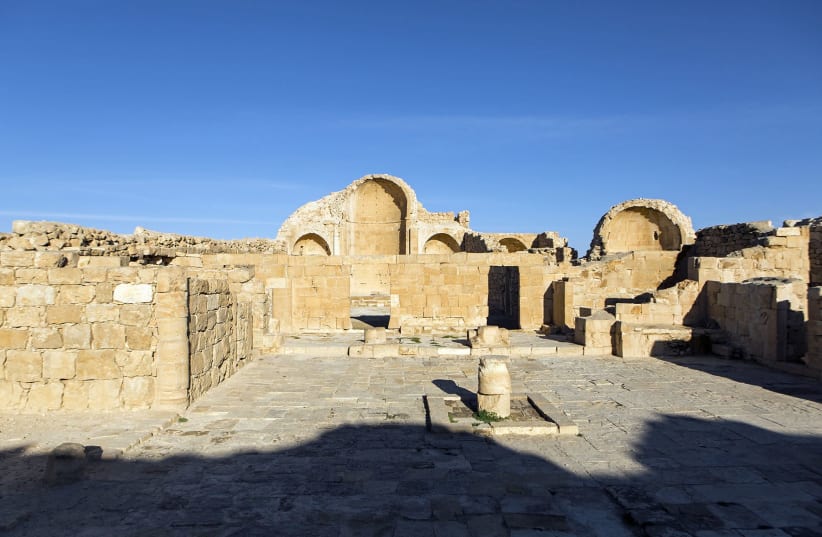New depiction of young Jesus discovered in ancient desert monastery
Because of the badly preserved state of the painting and its height further up along one of the church’s apses, it had been relatively easy for archaeologists to miss the traces of red paint.
